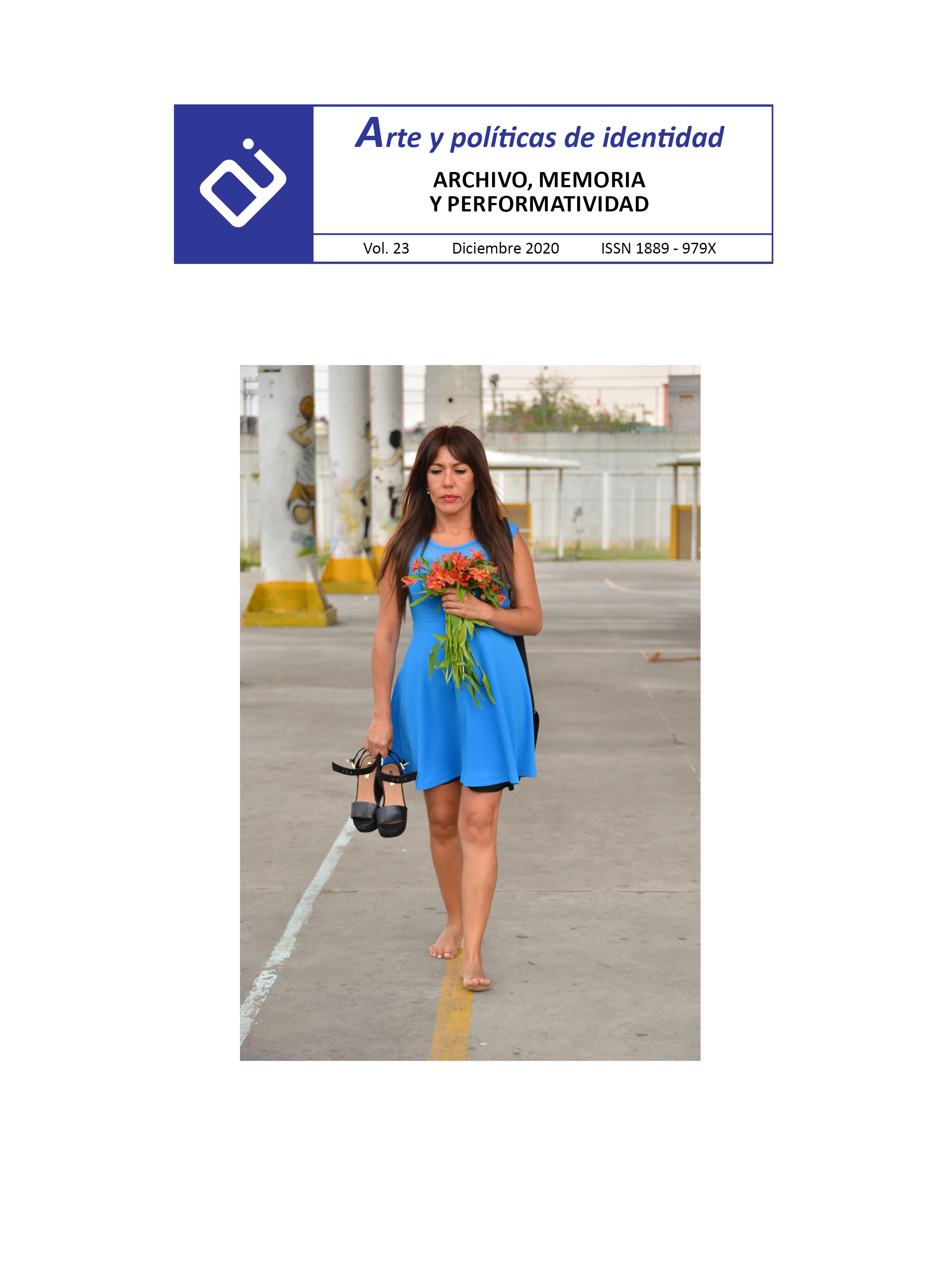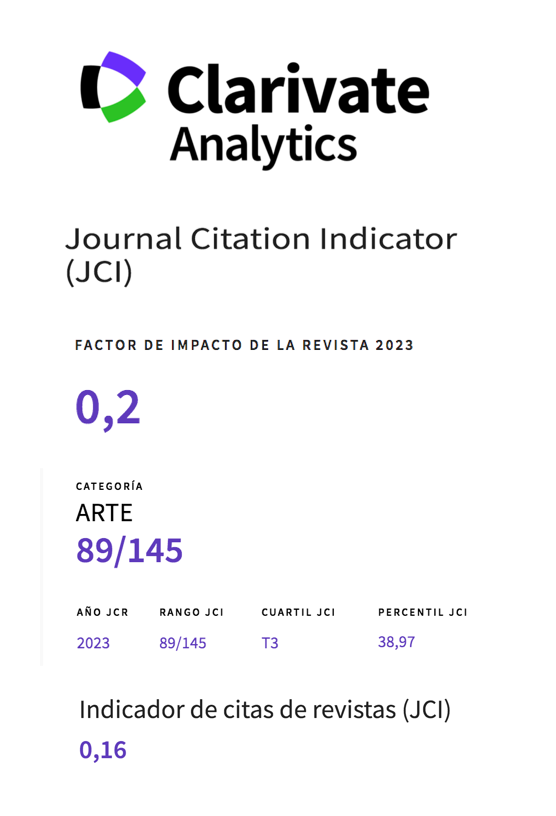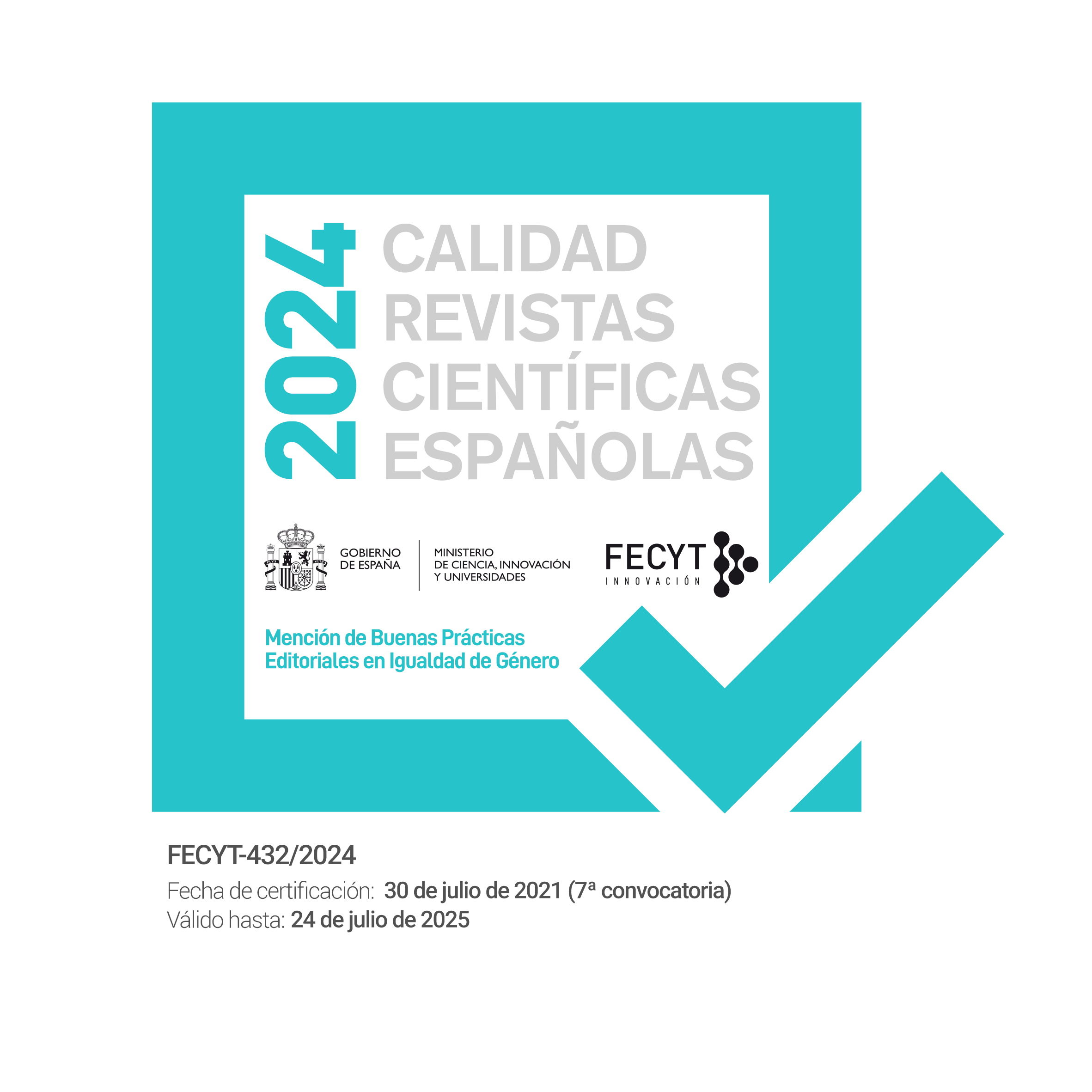The fragmented history of public monuments: the identification process and its meaning today
Abstract
The public monuments protected the construction of the Liberal State in its mission to model the new cities as symbols of cultural progress. Through selective memory, a unique and universal history imposed on the community was reconstructed through the exaltation of great men and historical milestones in order to configure a shared national identity. Marginal groups, including women, remained excluded from this identity project. The present work shows the results of a comparative study between two European cities, Madrid-Stockholm, with the aim of verifying that identity discourse is constituted by public sculptures. For this purpose, gender was used as a category of analysis allowing to explain how societies determine social roles of action in a different way. The results obtained after the analysis raised questions about the link between the context of current public space and the function of commemorative sculptures.
Downloads
-
Abstract1147
-
PDF (Español (España))811
References
Beauvoir, S. (1949). El segundo sexo. Buenos Aires: Siglo XX. 1965.
Calhoun, C. (1997). Nationalism. Buckingham: Open University Press.
De la Torre, C. (2001). Las identidades, una mirada desde la psicología. La Habana: Centro de Investigación y Desarrollo de la cultura cubana Juan Marinello.
Gamboa, P. (2003). El sentido urbano del espacio público. Bitacora, 7(1), 13-18.
Gómez, F. (2004). Arte, ciudadanía y espacio público. On the W@terfront, 5, 36-51.
González, I. (1999). Conservación de bienes culturales: teoría, historia, principios y normas. Madrid: Ediciones Cátedra.
Grahn, W. (2018). The politics of heritage: how to achieve change. En R. Wilson y W. Grahn, (Eds.). Gender and Heritage: Performance, Place and Politics (pp. 255-268). London and New York: Routledge.
Hall, S. y Du Gay, P. (1996). Cuestiones de identidad cultural. España: Amorrortu editores.
Krauss, R. (1979). La escultura en el campo expandido. En H. Foster (Ed.). La posmodernidad (pp. 59-74). Madrid: Kairós.
Lacan, J. (1966). Escritos. Ciudad de México: Siglo veintiuno editores.
Malo, C. (2006). Arte y Cultura Popular. Ecuador: Centro Interamericano de Artesanías y Artes Populares, CIDAP, Universidad del Azuay.
Navarrete, Z. (2013). Formación e identidad. En P. Ducoing (coord.) Procesos de formación 2002-2011 (pp. 309-364). Ciudad de México: ANUIES/COMIE.
Navarrete, D. (2016). Los monumentos públicos en Tegucigalpa. Revista Arte & Cultura, 2, 8-19.
Reyero, C. (1999). La escultura conmemorativa en España. La edad de oro del monumento público, 1820-1914. Madrid: Cátedra.
Reyero, C. (2003). Monumentalizar la capital. La escultura conmemorativa en Madrid durante el siglo XIX. En C. Lacarra, y C. Giménez (Coords.) Historia y política a través de la escultura pública 1820-1920 (pp. 41-62). España: Colección Actas.
Savater, F. (1984). Contra las patrias. Barcelona: Tusquets.
Solá, M. (1973). De la ordenación a la coordinación. CAU: construcción, arquitectura, urbanismo, 27,106-114.
Vega, E. (2016). ¿Una violencia invisible? Las mujeres en los monumentos públicos. Boletín de Arte, 37, 213-225.
Zárate, V. (2003). El papel de la escultura conmemorativa en el proceso de construcción nacional y su reflejo en la ciudad de México. Historia Mexicana, 53(2) ,417-446.
Works published in this journal are subject to the following terms:
- The Service of Publications from the University of Murcia (publishing house) keeps the published works’ copyrights, and favors and allows the reuse of these works under the license indicated in point 2.
- Works are published in the journal’s online edition under the license Creative Commons Reconocimiento-NoComercial-SinObraDerivada 3.0 España(texto legal). They can be copied, used, disseminated, transmitted and publicly exhibited, as long as: i) the author and original source of publication are cited (journal, publishing house and work’s URL); ii) they are not used for commercial purposes; iii) the existence and specifications of this license are mentioned.
3. Conditions for auto-file. It is allowed and encouraged that authors share electronically their pre-print version (the pre-reviewed version) and /or post-print version (the reviewed and accepted version) of their Works before the publication, since it promotes its circulation and dissemination. RoMEO color: green.










